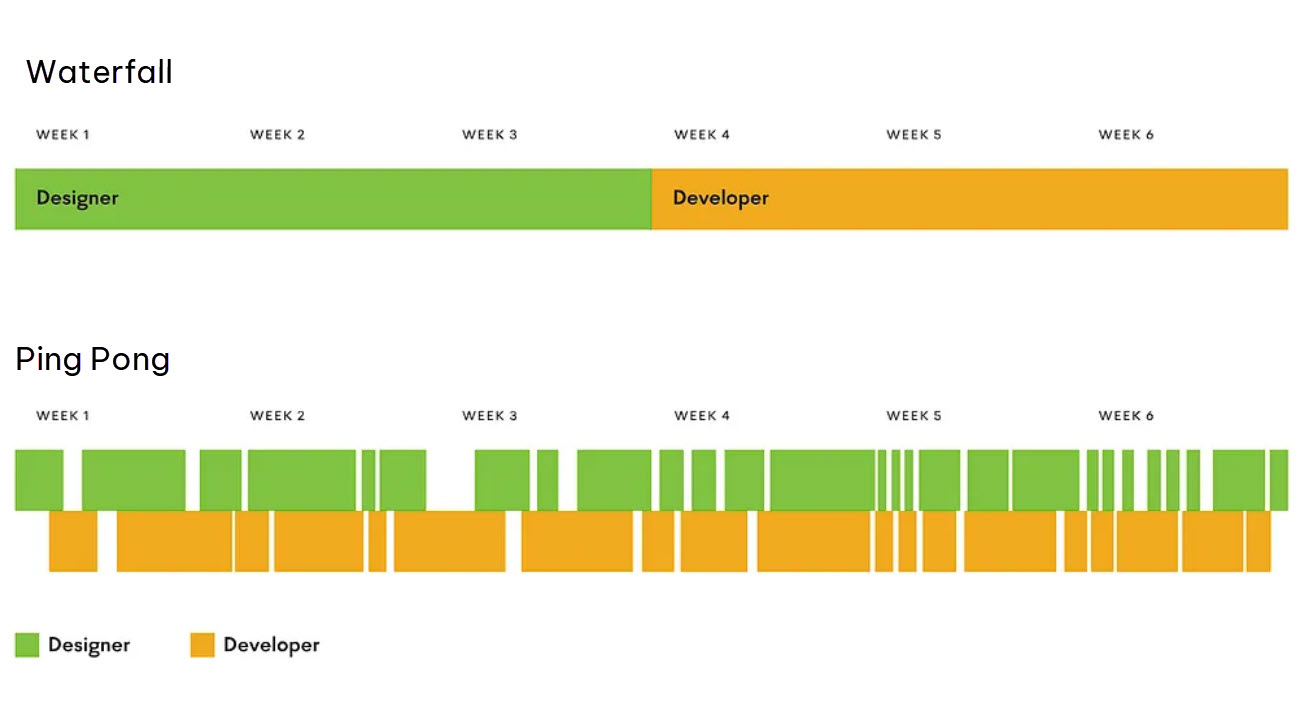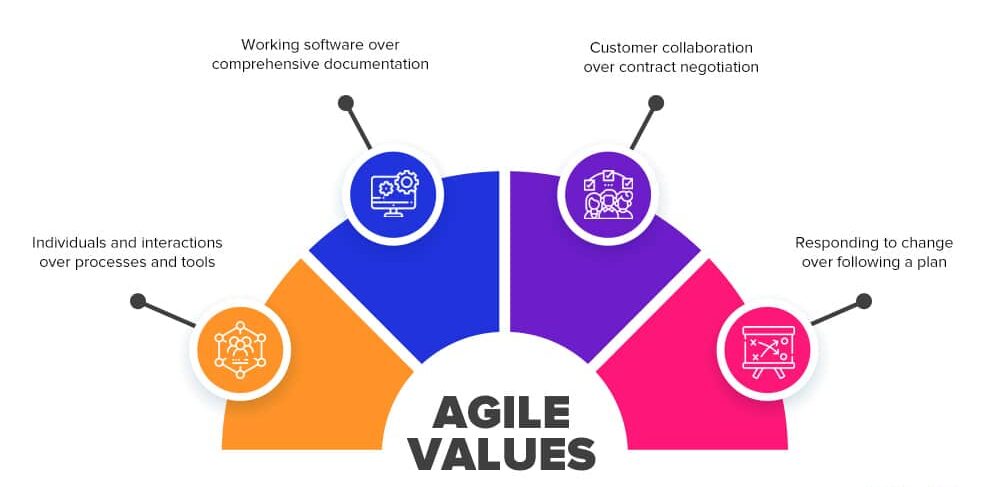As we embrace the digital landscape’s evolving demands, security is paramount in our development process. One Blink Tech adopts a “Zero Trust” approach, ensuring that every step prioritizes the integrity of data and systems. This methodology, grounded in the belief that no network or user should be trusted by default, aligns with modern security standards and allows us to maintain control over critical resources.
Why Zero Trust Matters in Modern Development
As cyber threats grow more sophisticated, the Zero Trust approach is no longer optional—it’s essential. Traditional perimeter-based security models, which assume that everything inside the network is trusted, are no longer effective. In today’s landscape, every connection, device, and user must be verified before being granted access. Zero Trust ensures that security is baked into every layer of our development process, allowing us to mitigate risks, maintain control, and protect critical assets from both internal and external threats.
Data Sensitivity and Secure API Communication
One of the core pillars of our Zero Trust approach is ensuring that data remains secure across every interaction. All communication between services, especially through APIs, is encrypted and authenticated. This prevents unauthorized data access or manipulation, even if one part of the system is compromised. Each request is evaluated independently, ensuring that trust is never assumed and that security standards are consistently upheld across the board. By applying strict encryption protocols and API security practices, we safeguard sensitive data and ensure compliance with industry standards.
Zero Trust and the Development Lifecycle
Incorporating Zero Trust into our development lifecycle ensures security from the very start. By adopting secure coding practices, conducting regular code reviews, and integrating security testing into our CI/CD pipelines, we make sure that vulnerabilities are caught early. This proactive approach minimizes the risk of introducing weak points into our applications, making them more resilient to attacks once deployed. Every stage of development is seen as an opportunity to enforce security, further aligning with Zero Trust principles.
Deep Dive into Our Zero Trust Development Framework
To give you a comprehensive understanding of how we implement Zero Trust in every stage of our development, we’ll explore the following critical areas. Each section highlights key aspects of our security-focused process, ensuring our projects remain robust, scalable, and protected from modern threats:
- Separation of Frontend and Backend
- Production and Staging Data Handling
- The Least Privilege Principle in Access Control
- Robust Authentication and Access Protocols
- Automated Deployment, Testing, and Continuous Integration
Separation of Frontend and Backend
In keeping with Zero Trust principles, we maintain a strict separation between the frontend (FE) and backend (BE) in all projects. By doing this, we ensure that there is no implicit trust between components, reducing the risk of unauthorized access and data breaches. Each part of the application is treated as an isolated entity with distinct access permissions, creating clear boundaries that minimize the potential for security threats.
Production and Staging Data
At One Blink Tech, we believe developers should not have direct access to sensitive production or staging data. Our approach is simple: developers work with seeders and dummy data, which mimics real-world data without the associated risks. By isolating production systems, we limit exposure to critical infrastructure and maintain a secure development environment. This ensures that even in the event of a breach, sensitive customer data remains protected.
The Least Privilege Principle
Access to systems and data is granted on a “least privilege” basis, ensuring that team members only have the permissions necessary to perform their roles. Whether accessing specific databases or managing backend services, each user’s access is tightly controlled and continuously monitored. This principle ensures that we reduce the attack surface by minimizing unnecessary access across teams.
Robust Authentication and Access Controls
To further reinforce our Zero Trust strategy, we implement robust multi-factor authentication (MFA) and role-based access control (RBAC) across all our applications. Access to any environment, whether it’s staging, production, or internal systems, is secured by these controls. This makes sure that only authorized personnel can access sensitive systems, ensuring accountability and traceability for every action taken.
Automated Deployment and Testing
Our development process leverages automated pipelines that support the continuous integration and deployment (CI/CD) of secure code. By automating these steps, we reduce manual intervention and ensure consistency across environments. Additionally, our applications undergo rigorous internal and external testing to identify potential vulnerabilities early in the lifecycle, mitigating risks before deployment.
Conclusion: Zero Trust as the Cornerstone of Modern Security
“As we evolve in our journey to deliver top-tier solutions, we don’t just look for technical talent; we seek individuals who understand the importance of security and culture fit. Our team is built on a foundation of trust, talent, and a shared commitment to growth. We want people who can grow with us, while prioritizing the security and success of our clients.” – Chef Pagbaya, Director of Operations, One Blink Tech.
At One Blink Tech, we don’t see security as a one-time effort—it’s a continuous, evolving process embedded in everything we do. The Zero Trust model ensures that every interaction within our systems is scrutinized, from the way data flows between the frontend and backend to how our developers interact with dummy data in controlled environments. By following the least privilege principle, we limit access to sensitive data and systems, minimizing potential attack surfaces.
The separation of production and staging environments, combined with robust access control and authentication measures, guarantees that only authorized personnel can interact with critical components. Automated deployments and thorough testing in our CI/CD pipelines add another layer of security, ensuring vulnerabilities are caught before they reach production.
In today’s digital age, where threats are ever-present, Zero Trust isn’t just a philosophy—it’s a necessity. By committing to this security framework, One Blink Tech continues to safeguard our clients’ data, ensuring that every project we deliver is not only efficient but also secure, scalable, and future-proof. As the cybersecurity landscape grows increasingly complex, we stand firm in our commitment to security, making Zero Trust a cornerstone of our development practices for years to come.







